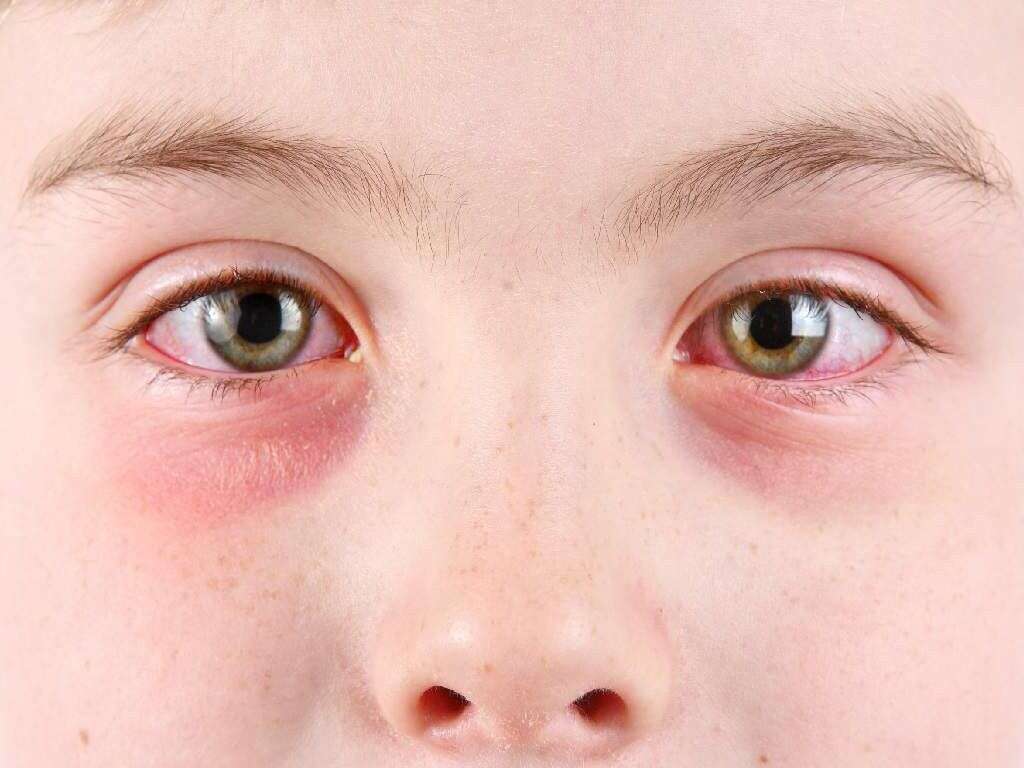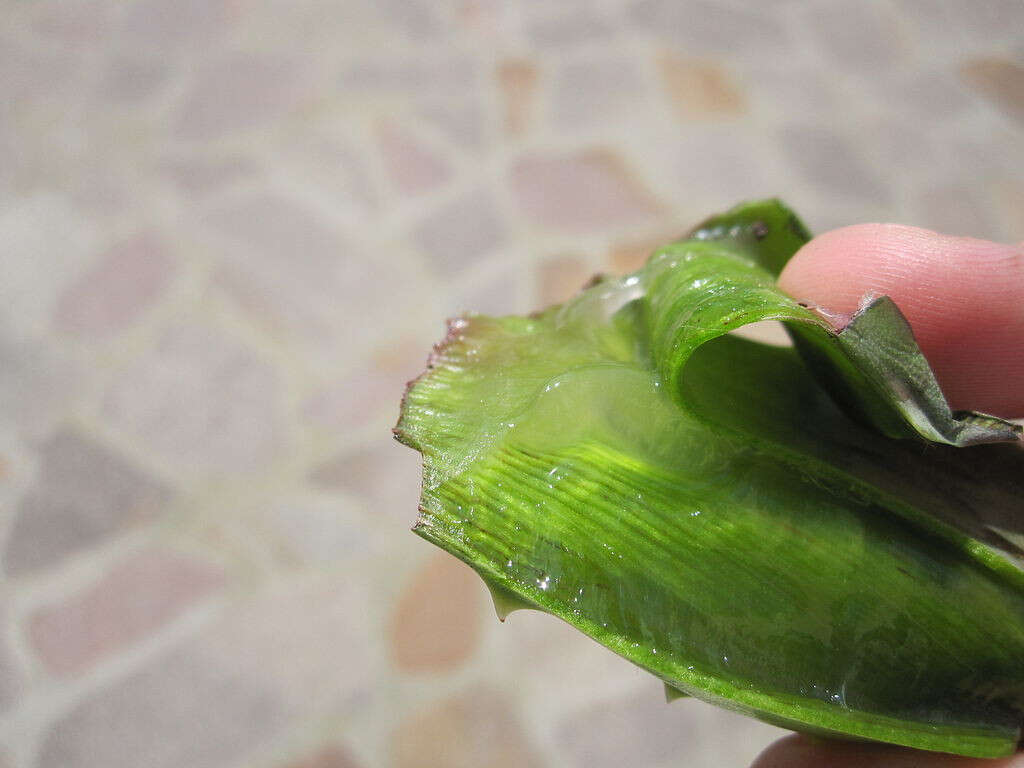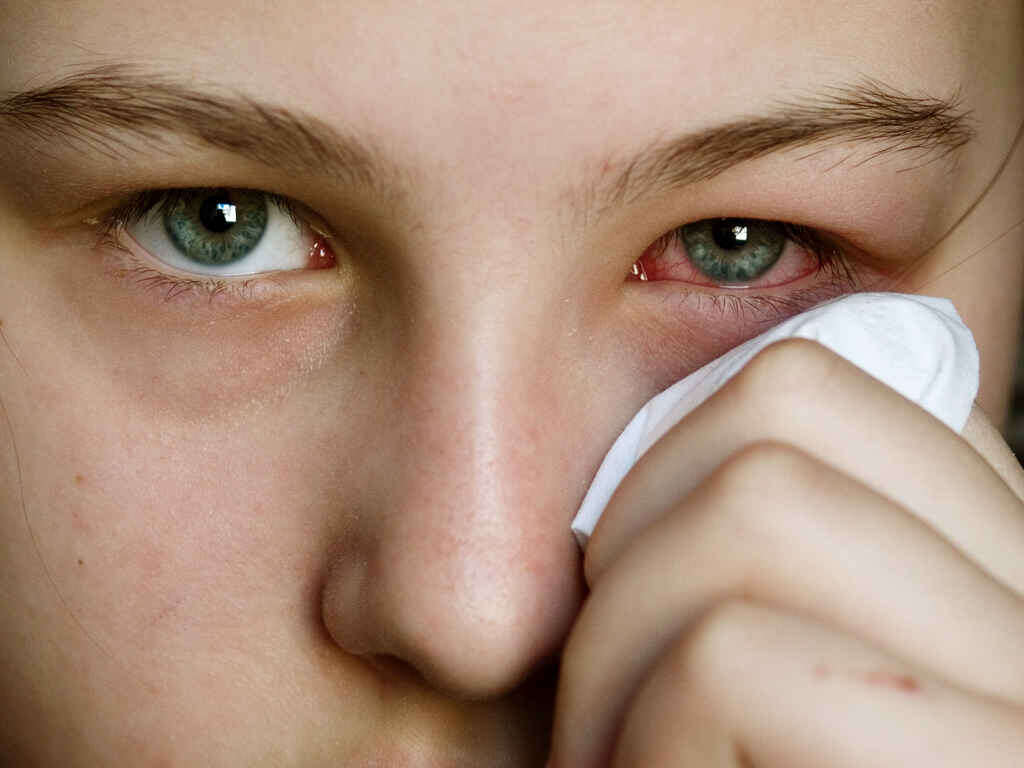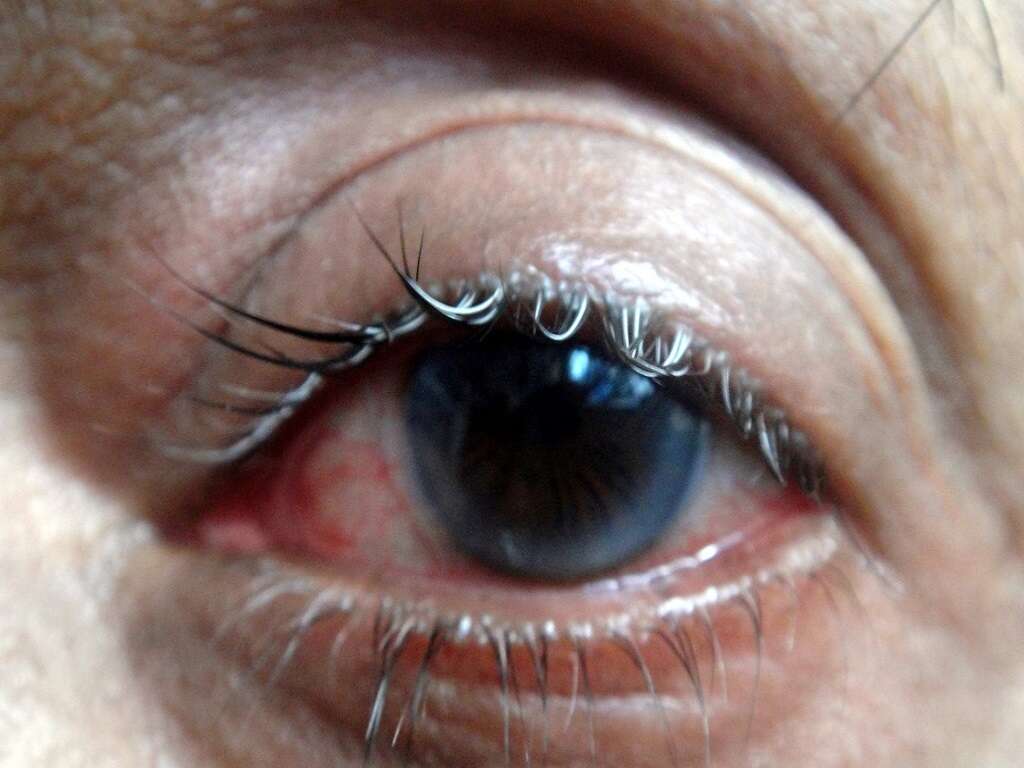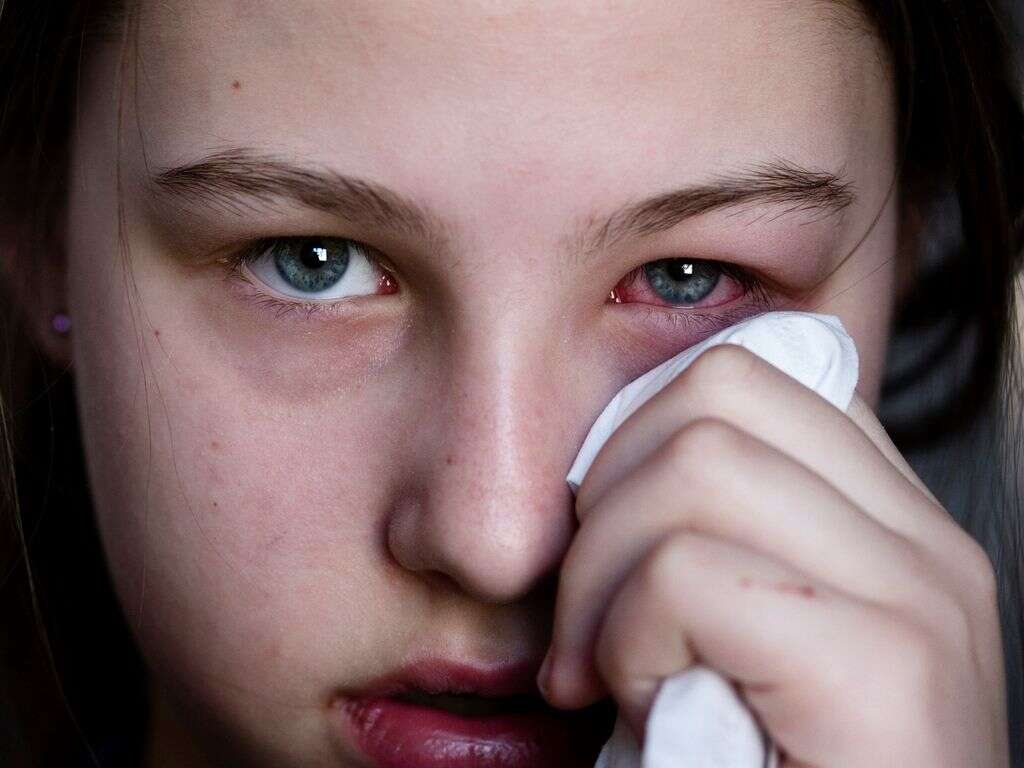Viral Conjunctivitis Definition, Symptoms and More
 Article Sources
Article Sources
- 1. ’Conjunctivitis: a Systematic Review Of Diagnosis and Treatment.’ Amir Azari-Neal Barney. ncbi.nlm.nih.gov/pmc/articles/PMC4049531/
- 2. ’Viral Conjunctivitis.’ Daniel Solano. ncbi.nlm.nih.gov/books/NBK470271/
- 3. ’Symptoms Of Adenovirus.’ Cdc. cdc.gov/adenovirus/about/symptoms.html
- 4. ’Antibiotic Prescription Fills For Acute Conjunctivitis Among Enrollees in a Large United States Managed Care Network.’ Nakul Shekhawat; Roni Shtein; Taylor Blachley; Joshua Stein. sciencedirect.com/science/article/abs/pii/S0161642017304153
Conjunctivitis, or pink eye as it's commonly known, is a condition that affects more than six million people every year in the United States alone.1’Conjunctivitis: a Systematic Review Of Diagnosis and Treatment.’ Amir Azari-Neal Barney. ncbi.nlm.nih.gov/pmc/articles/PMC4049531/ With so many infections, it's something everyone is likely to encounter at some point in their lives.
Viral conjunctivitis can affect anyone of any age and is highly contagious, spreading easily among adults and children. Knowing what to look for and acting quickly can help prevent spreading pink eye to other people. Viral conjunctivitis can be treated and is unlikely to cause lasting damage to the eye, especially if identified early.

What Is Conjunctivitis?
Conjunctivitis is an infection that causes inflammation of the conjunctiva, the transparent layer of tissue lining the eyelid that covers the white part of the eyes. This inflammation causes blood vessels to dilate, giving the eye a pinkish color, hence the nickname pink eye.
Conjunctivitis can be caused by three different things: viruses, bacteria and allergic reactions. Although an infection could be any of the three types, the majority of cases are caused by viruses, as viral conjunctivitis is responsible for up to 75 percent of all pink eye cases.2’Viral Conjunctivitis.’ Daniel Solano. ncbi.nlm.nih.gov/books/NBK470271/

Symptoms
In addition to viral conjunctivitis causing the eye to take on a pink hue or appear bloodshot, there may be some swelling of the eyelid. The eyes may become more sensitive to bright light and feel itchy. Symptoms may also be accompanied by a watery, tear-like discharge and the eyelashes may become crusty, especially after sleeping.
Viral conjunctivitis tends to affect one eye first. However, due to the watery discharge, it's easily spread to the other within a few days.

Causes
Viral conjunctivitis is commonly caused by adenoviruses, the same viruses responsible for the common cold, flu, sore throats and bronchitis.3’Symptoms Of Adenovirus.’ Cdc. cdc.gov/adenovirus/about/symptoms.html Infections may occur at the same time as a cold or upper respiratory tract infection.
The virus travels along the body's respiratory system and mucous membranes, ending up in the eyes as a result of touching them after blowing the nose. In other instances, the condition may develop after exposure to the cough or sneeze of someone with a respiratory infection.

Highly Contagious
Viral conjunctivitis is extremely contagious and can be spread like the common cold or flu viruses. The virus needs to come into contact with the eyes, which can easily occur when rubbing the eyes after direct contact with an infected person. Viral conjunctivitis can also be picked up by touching objects previously handled by someone with pink eye, such as chairs or door handles.
Outbreaks tend to occur in venues where people congregate and are in close contact, especially schools, colleges, hospitals and offices.

First Steps
As it's a highly contagious condition, acting quickly at the first signs of viral conjunctivitis could be key to preventing the spread of infection to family members, colleagues and school friends.
To prevent passing the pink eye onto other people, stay away from the workplace and keep children from school or kindergarten between five and seven days. However, it should be noted that some of the more serious viral infections can be contagious for up to two weeks.

Prevent Transmission
As schools are a venue where outbreaks occur, it's possible for children to pick up viral conjunctivitis in the classroom or playground. When they return home, the condition is easily transmitted to other family members.
Try to limit the spread of infection and avoid sharing personal items, such as towels, pillows and spectacles. Dispose of any makeup or contact lenses that may have been in contact with the virus. Ensure the household washes their hands regularly and clean communal surfaces with disinfectant or sanitizer.

When To See a Doctor
Mild cases of viral conjunctivitis may clear up naturally, without the need for medical intervention. However, bacterial, viral and allergic pink eye present with similar symptoms and treatment options are different for each.
It can be difficult to self-diagnose the cause of conjunctivitis, so it is best to consult with a doctor or eye specialist for a proper diagnosis. They can determine whether the infection is viral and prescribe the correct method of management to bring the condition under control.

Treatment
Unlike bacterial and allergic conjunctivitis, viral infections cannot be managed with antibiotics.4’Antibiotic Prescription Fills For Acute Conjunctivitis Among Enrollees in a Large United States Managed Care Network.’ Nakul Shekhawat; Roni Shtein; Taylor Blachley; Joshua Stein. sciencedirect.com/science/article/abs/pii/S0161642017304153 Until medical advice is sought, cool compresses, artificial tears and over-the-counter pink eye remedies may help to relieve symptoms.
Initial treatment may include washing the eye with an antiseptic eyewash, such as Betadine. This should help flush out the eyes and kill the virus. Some serious forms of viral conjunctivitis may need to be managed with steroid eye drops.

Temporary or Permanent?
If viral conjunctivitis is confirmed, patients should start to see improvements and an easing of symptoms as soon as treatment begins. The condition is usually temporary and can last for a few days up to three weeks.
The longer more serious strains of viral conjunctivitis are left untreated, the more serious the condition can become. It's important to get medical advice on how to manage the infection to prevent permanent damage to the eye.

Prevention
As with many viral infections, the key to preventing viral conjunctivitis is to practice good personal hygiene. Wash hands frequently, especially after coughing, sneezing or blowing the nose. Avoid sharing personal items, such as tissues and washcloths. Remove contact lenses before showering to help prevent viruses from getting trapped beneath them.
Despite precautions, all adults and children are still susceptible to viral conjunctivitis. Knowing the signs allows the infection to be identified quickly and a few easy steps may prevent infecting others.



